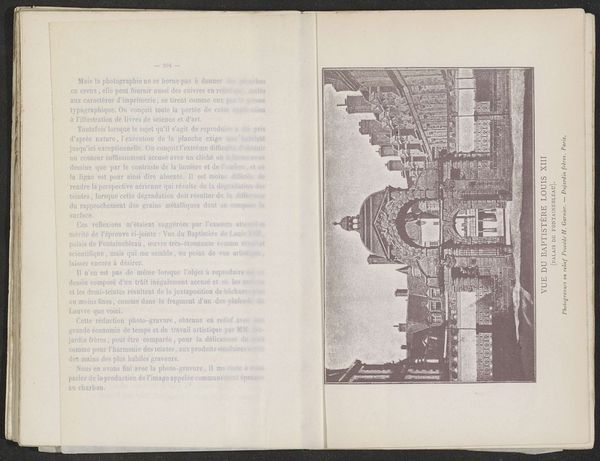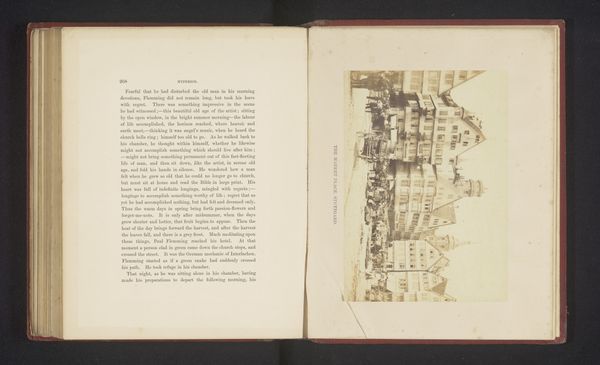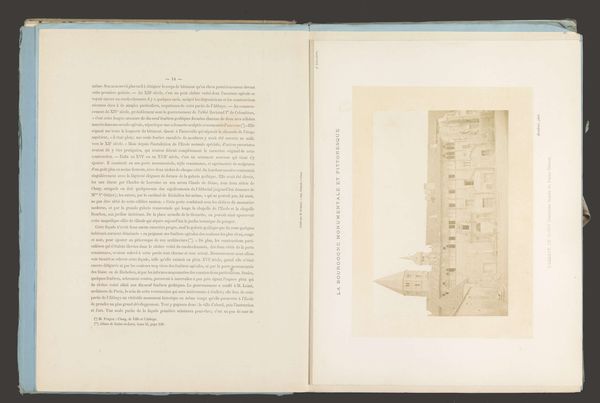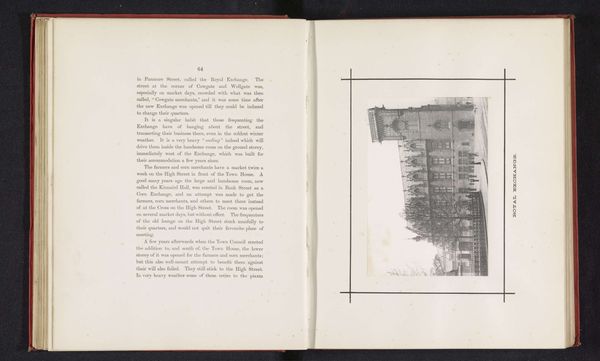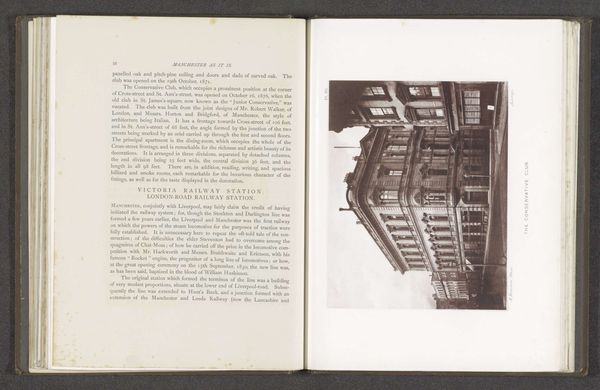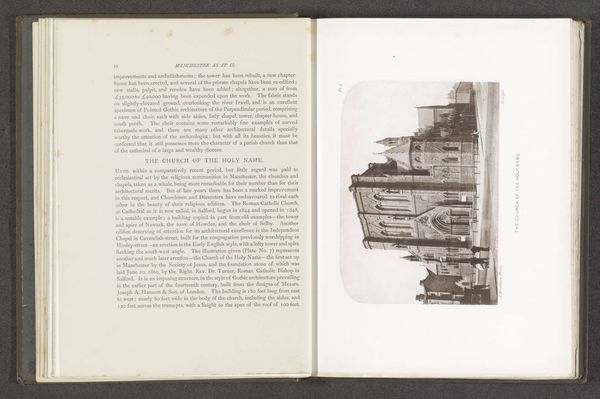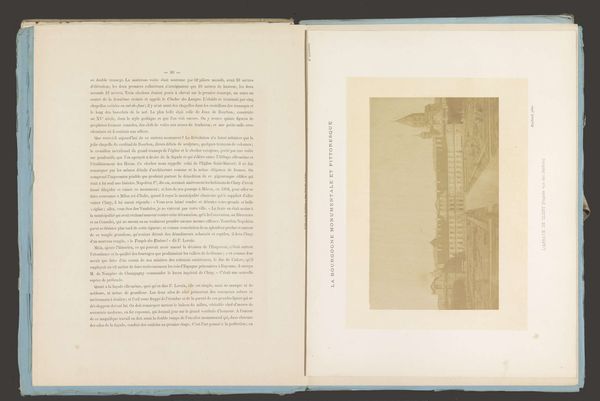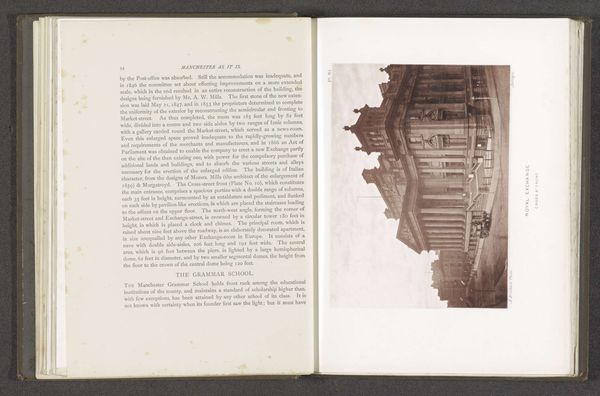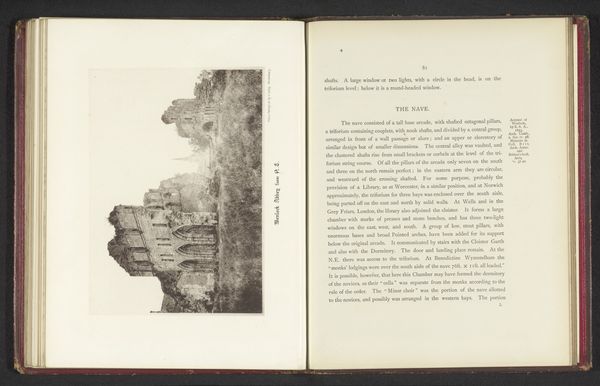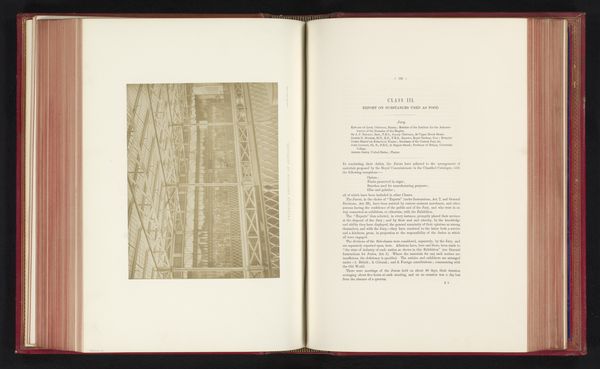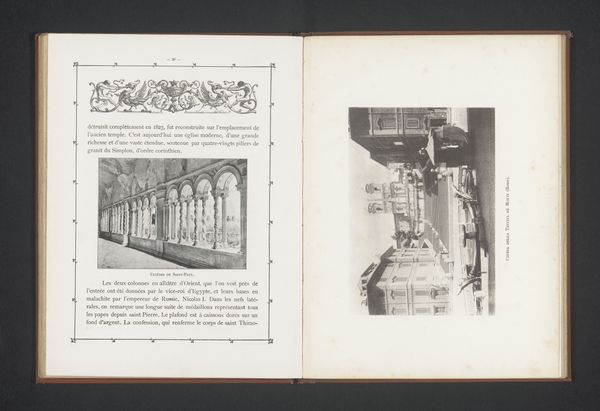
drawing, print, etching, paper, engraving, architecture
#
portrait
#
drawing
# print
#
etching
#
perspective
#
paper
#
cityscape
#
paper medium
#
engraving
#
architecture
Dimensions: height 111 mm, width 127 mm
Copyright: Rijks Museum: Open Domain
Editor: This is an etching by the London Stereoscopic Company, called 'Gezicht op The Guildhall in Londen', dating from before 1895. It feels very architectural and precise; I’m curious about what this building meant to Londoners at the time. What's your take on it? Curator: Well, the Guildhall served as the center of civic power. Consider the context: this print was produced during the height of the British Empire, a period rife with social stratification and colonial exploitation. How do you think a depiction of the Guildhall might have played into ideas of British identity and power for various social groups at the time? Editor: That's interesting. I hadn't thought about it in terms of power dynamics. I guess, for the working class and those subjected to colonial rule, it might represent an unreachable establishment. For the elite, perhaps a symbol of their dominance? Curator: Exactly. And let’s consider the function of the London Stereoscopic Company. It democratized image production in a way, making images of important buildings accessible through mass production, allowing broader society to see places and symbols of governance and commerce. The cityscape then becomes an imagined geography of London that residents could own. What does that democratization mean when many voices are excluded? Editor: So even though it seems like making art more accessible, it might have reinforced existing inequalities by controlling whose stories were told and how. Curator: Precisely. The print operates as a carefully constructed representation of authority, one that might solidify or contest existing social structures, depending on the viewer’s position. It also invites questions around cultural capital, and who is best positioned to understand and enjoy artworks like this one. What might you learn from this artwork in the future? Editor: I'll definitely look closer at how art is used to communicate not just beauty but also systems of power and how these things were accessed or denied to different parts of society.
Comments
No comments
Be the first to comment and join the conversation on the ultimate creative platform.
